Ultimate Guide to Choosing the Right Glass Packaging for Your Products
In today's competitive market, the importance of choosing the right Glass Packaging for your products cannot be overstated. According to a report by Grand View Research, the global glass packaging market is projected to reach $95.33 billion by 2025, driven by the growing demand for sustainable and recyclable materials. Glass packaging offers a multitude of advantages, including superior product protection, aesthetic appeal, and a premium feel that enhances the consumer experience. Moreover, with increasing consumer awareness around sustainability, brands are prioritizing eco-friendly packaging options. In this ultimate guide, we will explore the various types of glass packaging available, their benefits, and key considerations to help businesses make informed decisions that align with market trends and consumer expectations.
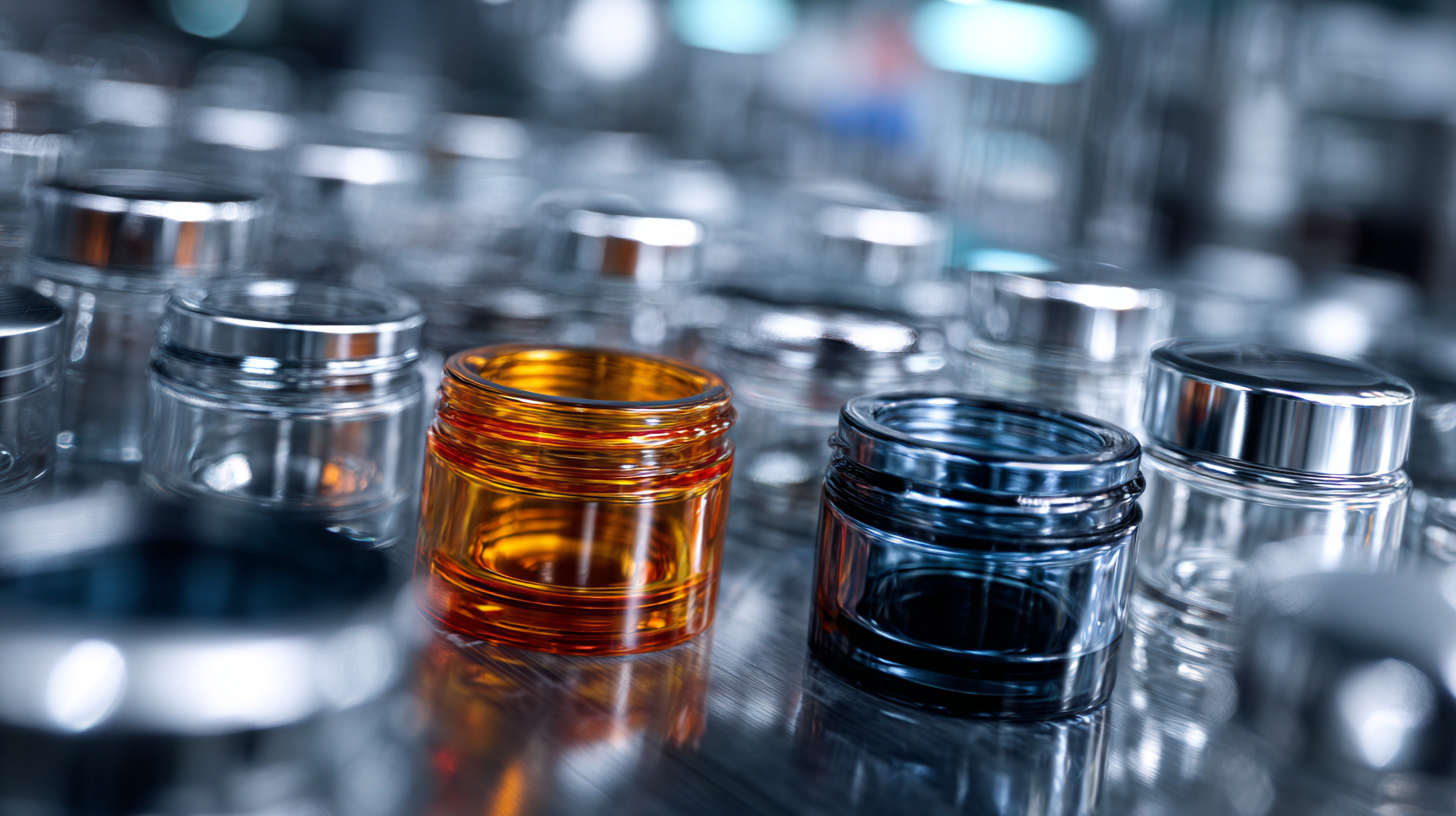
Understanding Different Types of Glass Packaging: An Overview
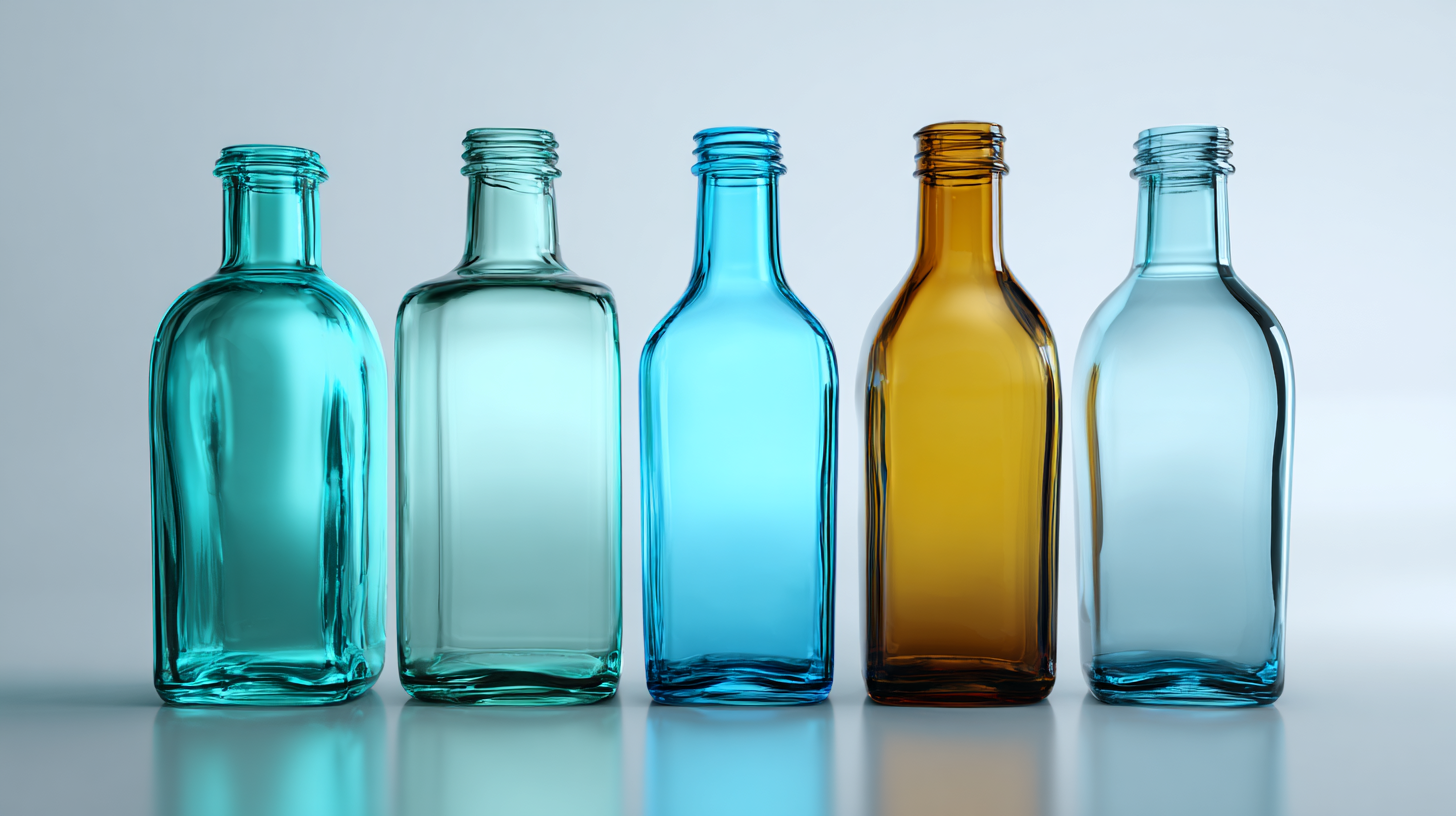 Glass packaging offers a unique combination of aesthetics and functionality, making it an appealing option for a variety of products. There are different types of glass containers available, with characteristics such as being colourless or coloured. Neutral glass, often used for food and beverage applications, is a borosilicate glass that contains significant amounts of boric oxide, providing high durability and chemical resistance. This type of glass is especially beneficial for packaging delicate or sensitive products, ensuring their integrity and safety.
Glass packaging offers a unique combination of aesthetics and functionality, making it an appealing option for a variety of products. There are different types of glass containers available, with characteristics such as being colourless or coloured. Neutral glass, often used for food and beverage applications, is a borosilicate glass that contains significant amounts of boric oxide, providing high durability and chemical resistance. This type of glass is especially beneficial for packaging delicate or sensitive products, ensuring their integrity and safety.
When choosing the right glass packaging, it's essential to consider factors such as the product's compatibility with glass, the desired shelf life, and the product's environmental impact. Additionally, the choice between various glass types, such as flint glass, green glass, and amber glass, can affect not only the product’s appeal but also its protection from UV light and oxidation. By understanding the properties of different glass packaging options, businesses can make informed decisions that enhance their product presentation while addressing sustainability concerns in today's eco-conscious market.
Factors to Consider When Selecting Glass Packaging for Your Products
When selecting glass packaging for your products, several critical factors come into play. First and foremost, product protection is paramount. Glass is known for its strength and inertness, which makes it an excellent choice for preserving the quality and integrity of sensitive goods, such as food and cosmetics. Additionally, the ability of glass to provide a barrier against oxygen and moisture ensures that products maintain their freshness and extend shelf life, crucial for consumers seeking quality.
Another important consideration is aesthetic appeal and branding. Glass packaging can convey a sense of luxury and sophistication, enhancing the overall consumer experience. The transparency of glass allows consumers to see the product inside, potentially increasing their confidence in the purchase. Choosing the right color and shape can further differentiate your product in a competitive market. Additionally, with the rising demand for sustainable solutions, selecting recyclable or reusable glass options aligns with environmental values, appealing to eco-conscious consumers while bolstering your brand's reputation. Customization opportunities also abound, allowing brands to stand out with unique designs that resonate with their target audience.
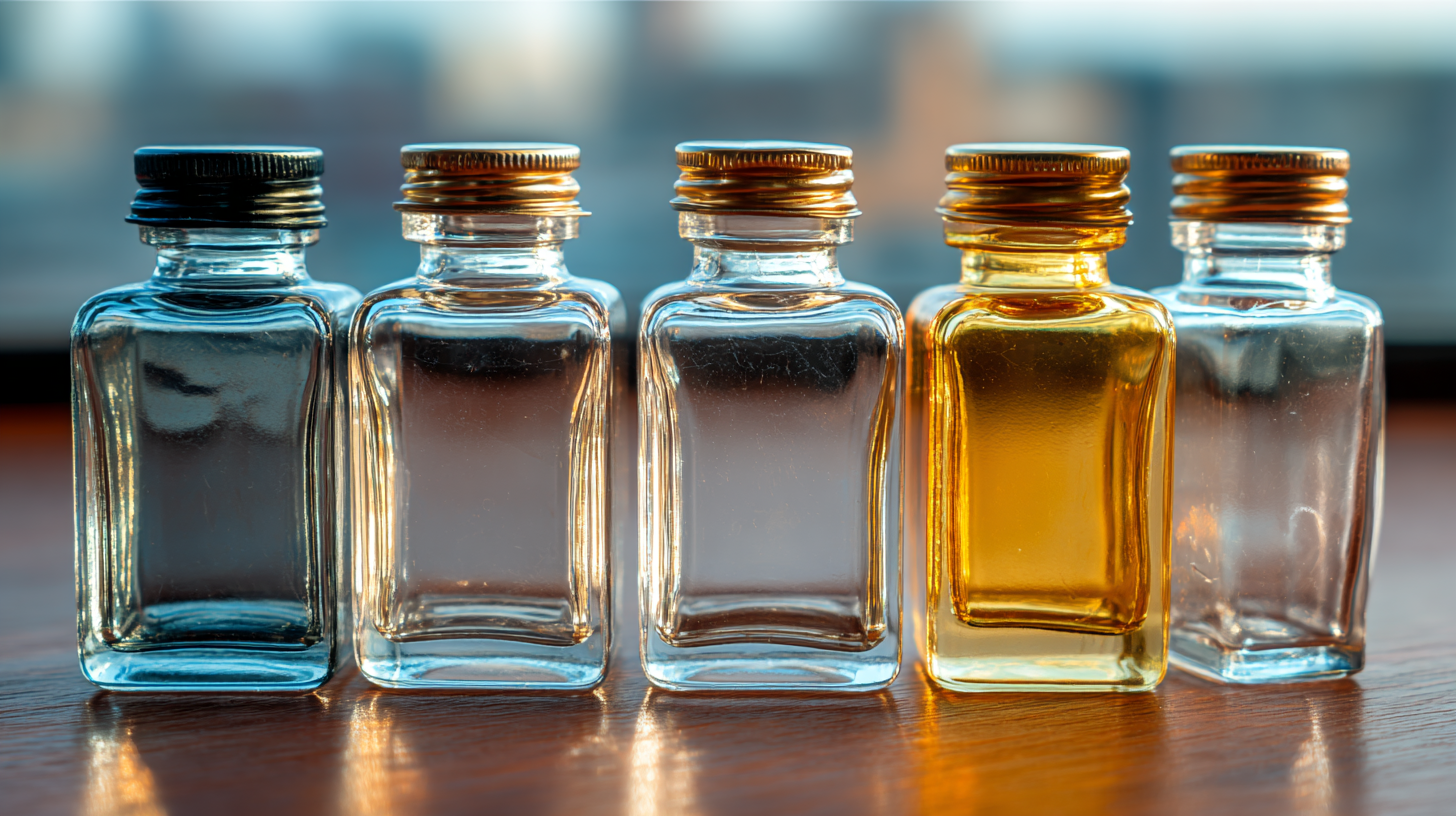
Comparing Glass Packaging Options: Costs, Durability, and Aesthetics
When selecting glass packaging for your products, it’s essential to consider key factors such as costs, durability, and aesthetics. According to a report by Smithers Pira, the global glass packaging market was valued at approximately $63 billion in 2021 and is expected to grow by 4.1% annually, driven by the rising demand for sustainable packaging solutions. Glass is inherently recyclable, which appeals to environmentally conscious consumers, making aesthetic design an important aspect as brands seek to differentiate their products on the shelf. Thus, investing in attractive glass packaging can enhance brand perception and drive consumer preference.
Durability is another significant factor when comparing glass packaging options. With the right manufacturing process, glass can be engineered to withstand high pressures and temperatures, which is particularly beneficial for industries like beverage and food. In addition, a study by the Glass Packaging Institute indicates that glass containers are less likely to leach harmful chemicals, ensuring product integrity over time. In contrast to plastic, which often exhibits wear and tear, glass maintains its structural integrity, providing an added layer of protection for premium products. By carefully weighing costs against these critical attributes, businesses can make informed decisions that bolster both their brand image and their bottom line.
Sustainability in Glass Packaging: Choosing Eco-Friendly Solutions
As sustainability becomes a crucial factor in consumer choices, the glass packaging industry is responding with innovative, eco-friendly solutions. Recent trends indicate that by 2025, sustainable packaging will dominate as companies prioritize environmentally conscious materials. The global sustainable packaging market is projected to reach USD 92 billion, with significant contributions from eco-friendly options like glass. In particular, end-use industries such as beverages and pharmaceuticals are increasingly opting for glass containers due to their recyclability and minimal environmental impact.
Innovative designs are not only reducing plastic usage but also enhancing product appeal among conscientious consumers. For instance, manufacturers are showcasing sustainable alternatives at major industry events, emphasizing the importance of the 3 Rs: reduce, reuse, and recycle. The shift towards biodegradable polymers and plant-based materials further complements glass packaging trends. With the global glass container market expected to hit USD 91.1 billion, it's evident that sustainability is not just a passing trend but a fundamental aspect of the packaging landscape moving forward.
Ultimate Guide to Choosing the Right Glass Packaging for Your Products - Sustainability in Glass Packaging: Choosing Eco-Friendly Solutions
| Dimension | Type of Glass | Recyclability | Weight (grams) | Sustainability Rating |
|---|---|---|---|---|
| 250 ml | Flint Glass | Yes | 300 | A+ |
| 500 ml | Cobalt Blue Glass | Yes | 450 | A |
| 1 L | Green Glass | Yes | 600 | B+ |
| 750 ml | Amber Glass | Yes | 550 | A |
| 1.5 L | Clear Glass | Yes | 900 | B |
Enhancing Brand Identity Through Customized Glass Packaging Design
When it comes to glass packaging, customized designs can significantly enhance your brand identity. A unique glass container can not only protect your product but also serve as a visual representation of your brand's values and aesthetics. By opting for tailored designs, businesses can create a memorable experience for consumers, setting themselves apart in a competitive market.
**Tip 1:** Consider your target audience when designing your packaging. Use colors, shapes, and labeling that resonate with your consumers' preferences, ensuring that your glass packaging aligns with their lifestyle and values.
Incorporating elements like embossed logos or distinctive shapes can add a tactile dimension that consumers will appreciate. Don’t shy away from innovative designs that reflect your brand’s personality or the story behind your product.
**Tip 2:** Collaborate with a professional designer who understands the nuances of glass packaging. They can help you navigate the balance between functionality and aesthetic appeal, ensuring that your packaging not only looks great but also meets industry standards. This collaboration will ultimately lead to a more impactful brand presence.
Product Categories and Their Preference for Glass Packaging
Related Posts
-
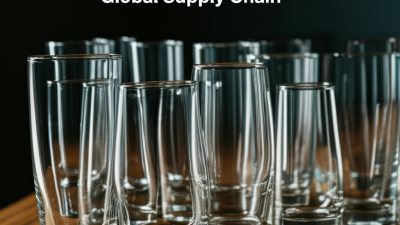
How to Choose the Best Glass Packaging Solutions for Your Global Supply Chain
-
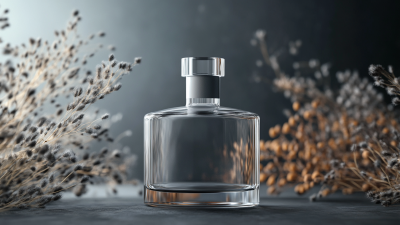
7 Compelling Factors Why Choosing the Right Glass Bottle Supplier Boosts Your Brand Value
-
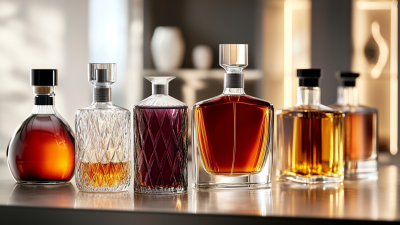
Trends in Glass Bottles for Global Buyers: Insights and Predictions for 2025
-
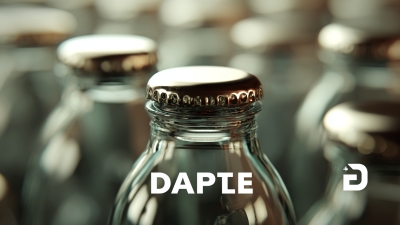
Discover Premium Glass Bottles with Caps from China's Leading Manufacturers for Your Global Needs
-
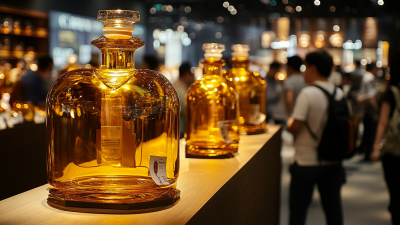
Amber Bottles Shine at the Record Breaking 137th Canton Fair 2025
-
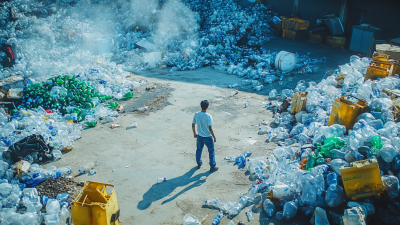
Navigating Tariff Challenges How Chinese Manufacturers Thrive as the Best Plastic Bottle Supplier
